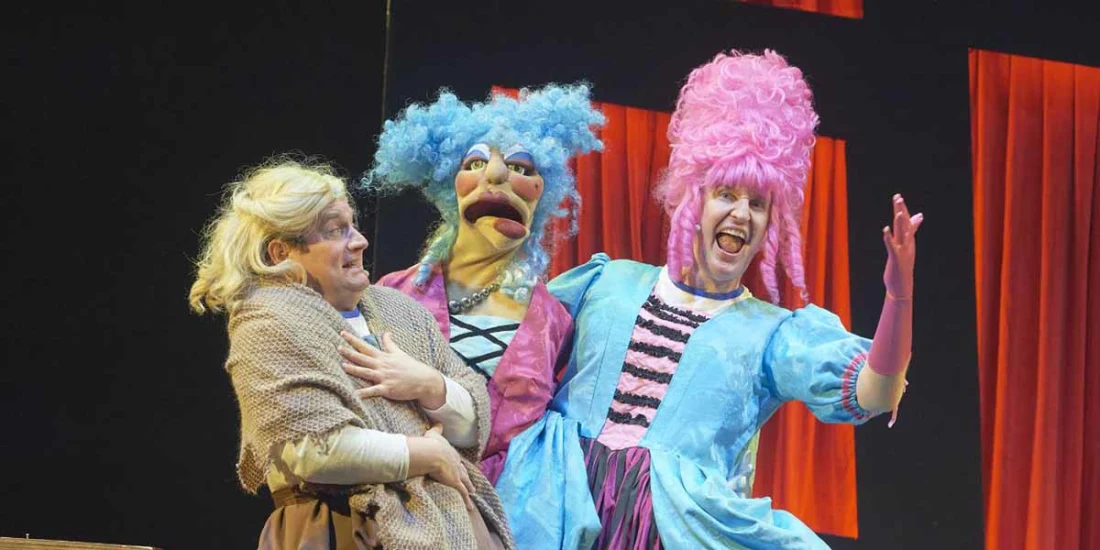A complete guide to London pantomimes in the West End
It’s just not Christmas without a pantomime. Oh yes it is! Oh no it isn’t! This merry tradition is a core part of festive theatregoing for families around the country. For many people, it’s their earliest introduction to stage shows, and a beloved celebration of their local community. At the glitzier end, there are lavish pantomimes in London with celebrity casts, featuring stars from the West End, comedy, TV and beyond.
If you’re wondering where exactly pantomime came from and how it became a British tradition, check out our guide to the history and meaning of this seasonal entertainment – plus our tips for the best West End pantomimes to book tickets for this Christmas.
Book tickets to pantomimes on London Theatre.
What is pantomime?
The modern pantomime is a family-friendly show usually performed during the Christmas season. It features a story — often drawn from a well-known fairy tale or fable, but modernised with contemporary or satirical jokes — plus songs, dances and comedy skits or slapstick.
Many pantomimes have cross-dressing, employ tropes like call and response, and encourage audience participation. It’s the closest thing we have today to music hall or variety: theatre which encompasses lots of different forms of entertainment, incorporates the audience, and is open to all.
What does pantomime mean?
It might seem as British as cream teas, saying sorry and queuing, but the term “pantomime” actually derives from Greek. The Ancient Romans drew their Latin word “pantomimus” from the Greek root. The Roman version wasn’t quite like our pantos today, though: it was actually one person acting out all the characters (“panto” means “all”), likely with some erotic content and dancing.
The version of pantomime that we know and love in modern Britain is closer to the commedia dell’arte entertainment that began in 16th-century Italy. These shows featured stage storytelling combined with magic, acrobatics, dance, music, and enjoyable stock characters who recurred in numerous tales. In that tradition, pantomime can be understood more as all the mimes — or all different kinds of performance in one show.
The history of pantomime
You can see elements of the pantomime developing throughout theatrical history. Following that Ancient Roman version, there were Mummers Plays in the Middle Ages – an English folk theatrical form which often featured in Christmas celebrations, and which took the Saint George and the Dragon tale as its basis. But there were additions like gender-swapping and bawdy jokes, too.
On the more refined end of the scale, you can see the grand spectacle of our elaborate pantomimes coming from the masques of the 14th century onwards: huge productions featuring music, dance and storytelling, plus beautiful sets and costumes.
Commedia dell'arte and pantomime
But it was the commedia dell’arte that really established the form of pantomime as we now understand it. Commedia became popular in Italy in the 16th century as an outdoor kind of entertainment featuring masked actors — essentially street performers, but highly respected ones. Later on, they played indoors too, and often at court, becoming renowned throughout Europe.
The commedia shows always included singing and humour — the latter ranging from physical work, groan-worthy old gags and slapstick to sharper jokes crafted to reflect the region where the troupe was performing and current events. Improvisation also played a significant part.
What characters are in a pantomime?
The commedia form had notable stock characters in every show, which the audience could recognise. They ranged from high status to low: the vecchi (the old men or masters), the innamorati (the young lovers), and the zanni (the servants or clowns).
The most popular versions of those archetypes included the lovelorn sad clown Pierrot, the flirtatious maid Colombina, the wealthy, forbidding patriarch Pantaloon, and the crafty servant Harlequin. Unusually, female characters were played by women.
How did pantomimes change over time?
In the 17th century, this form of entertainment became popular in England as the harlequinade: a mime with music, slapstick and a recognisable story about forbidden love. Eventually traditional folk tales were incorporated, like Robin Hood, Mother Goose and Dick Whittington.
By the Victorian age, these shows became increasingly elaborate in terms of scenery and spectacle; some could last as long as five hours, with enormous casts. We were also introduced to the comic stock types that are still beloved today. Music hall star Dan Leno popularised the pantomime dame, playing roles like Widow Twankey in Aladdin. That anarchic gender-switching went the other way too, with the rise of “the principal boy” – an actress playing roles like the hero, Ralph, in Puss in Boots.
Those productions often opened on Boxing Day, which established pantomime as the show that families would go to see during the Christmas festivities. That has definitely lasted, although there’s now a wide variety of pantos every year: from family entertainment to more adult, risqué fare; from local or school shows to huge West End productions with celebrity guests; and from traditional pantos to postmodern twists on this enduring form. But all of them share that desire to bring people together.
Who invented pantomime?
There’s no one person who can take credit for pantomime. As we’ve seen, it’s a form that draws from numerous traditions over hundreds of years. However, a few individuals did play a significant role. The mime artist and acrobat John Rich was a hugely successful Harlequin in the early 18th century, and he helped to establish the commedia form in England. His version featured slapstick chase scenes, silent clowning, animal roles, and astonishing transformations.
Many theatre-makers in England were initially opposed to pantomime, viewing it as a lesser form to classical or Shakespearean drama. However, the famous actor-manager David Garrick recognised the public appetite for it, so he asked Rich’s pupil, Henry Woodward, to write scripts for him using English folk stories. These became the basis of more structured pantomimes at Theatre Royal Drury Lane, and Garrick also tended to stage them at Christmas, helping to establish that pattern.
What pantomimes can you see this year?
Happily, there are numerous pantomimes in London on offer in 2022. Christmas pantomimes are taking place across the city, with performances in November, December, and January 2023. Here are some of the best pantomimes in London you can book tickets for!
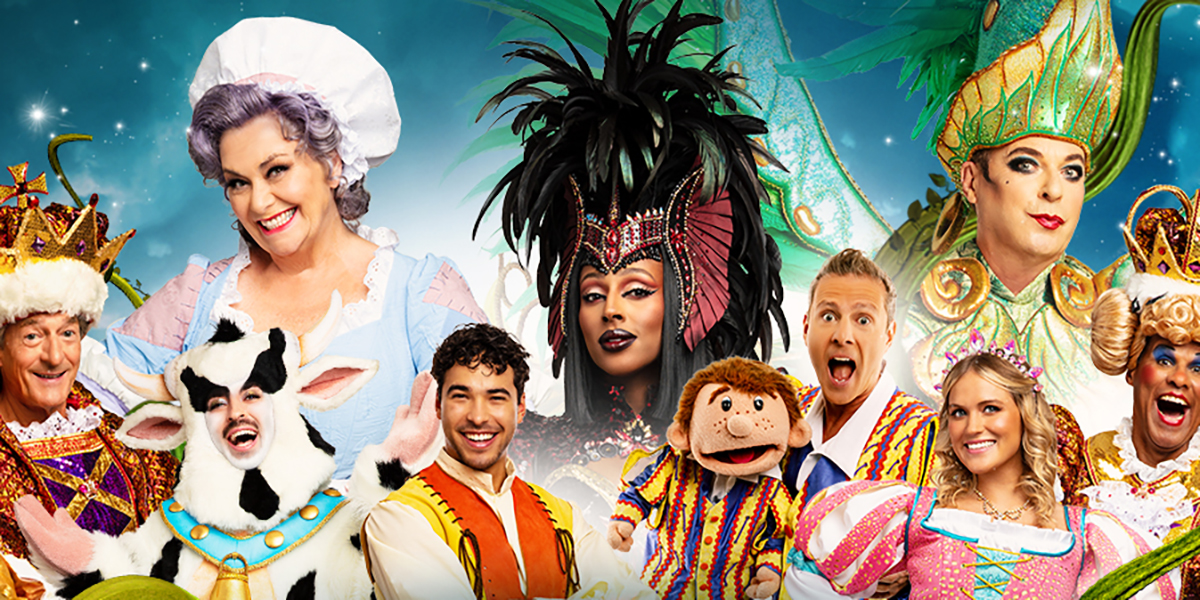
Jack and the Beanstalk
The London Palladium’s annual pantomime is always a fabulously starry affair. This year’s offering boasts comic legends Dawn French and Julian Clary, Palladium regulars Paul Zerdin, Gary Wilmot and Nigel Havers, pop star Alexandra Burke, and West End talents Rob Madge, Louis Gant and Natalie McQueen.
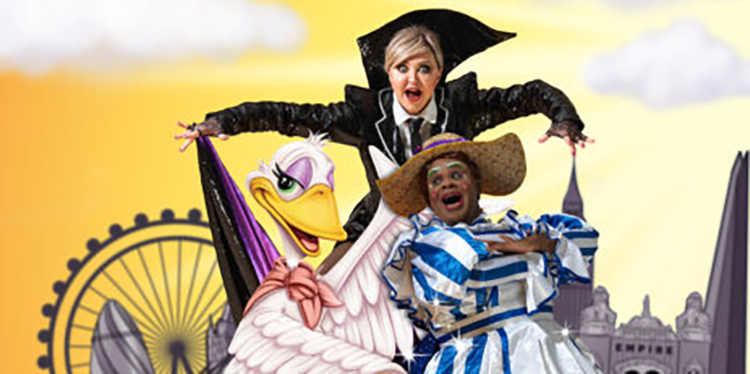
Mother Goose
None other than Sir Ian McKellen headlines, playing the pantomime dame Mother Goose, in this touring production – which plays a glittering Christmas season at London’s Duke of York’s Theatre. The cast also features comedian John Bishop and West End favourites Anna-Jane Casey and Oscar Conlon-Morrey.
Book Mother Goose tickets on London Theatre.
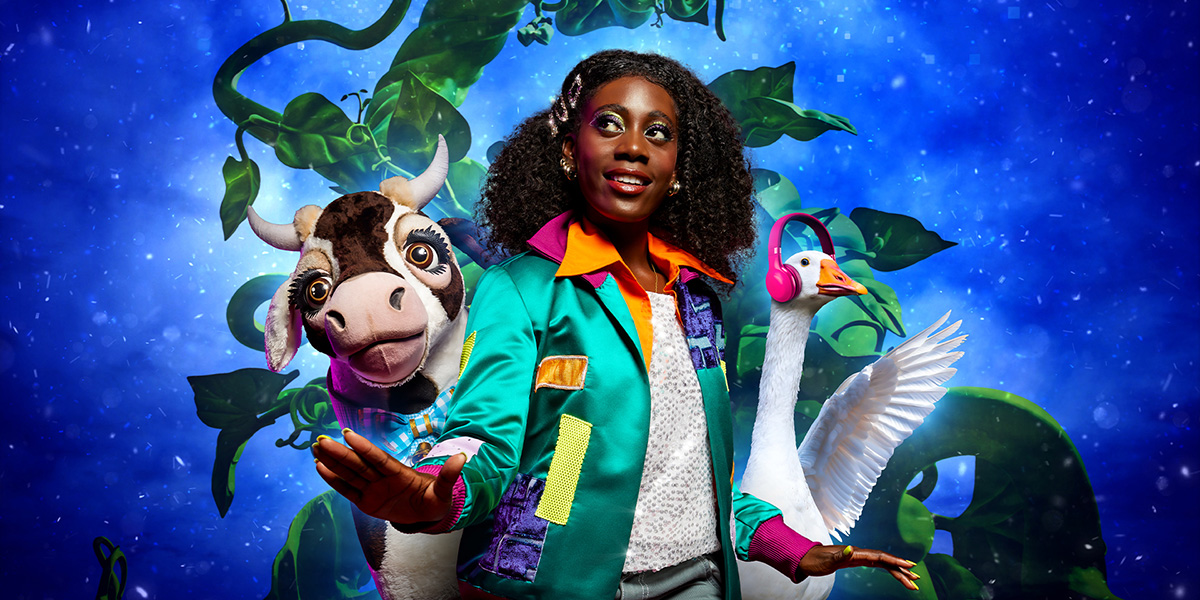
Jack and the Beanstalk
Yes, another one! London’s Lyric Hammersmith is renowned for its punchy, modern and lovingly inclusive pantomimes, which take a traditional tale and bring it bang up to date. Expect beanstalks, giants and magic beans, but also skateboarding and Beyoncé. The cast features Jodie Jacobs and Emmanuel Akwafo.
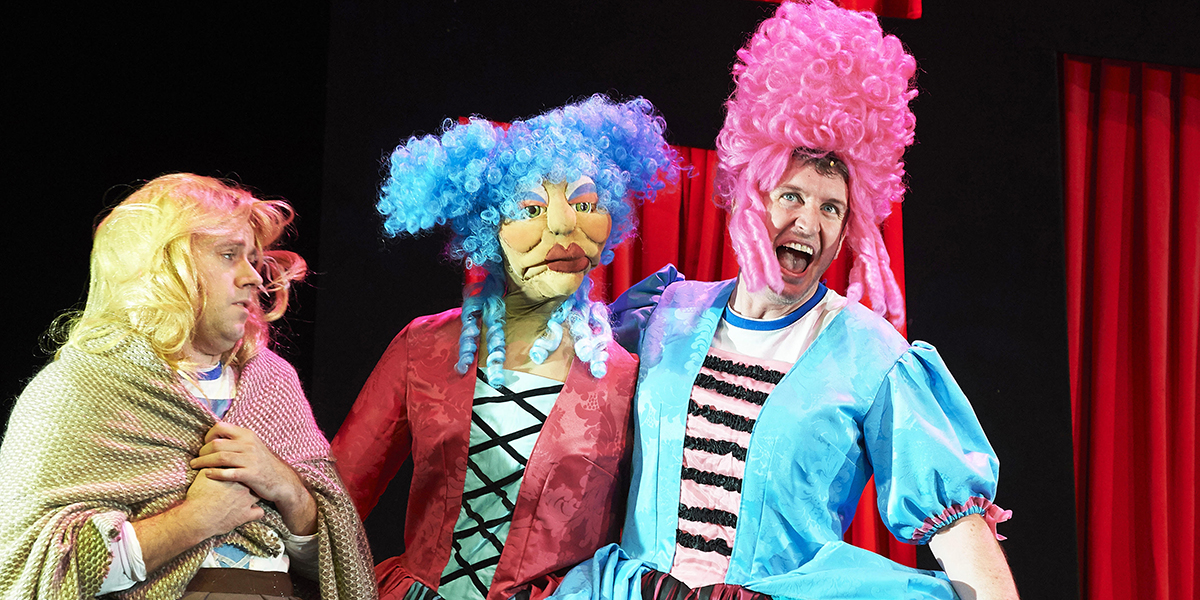
Potted Panto
Can’t decide which pantomime to book for? Why not see them all! This festive favourite is back in the West End, romping through seven classic pantos in just 70 minutes – from Aladdin and Dick Whittington to Cinderella. It’s a fun way to introduce new and/or young audiences to the form, and a knowingly silly outing for pantomime aficionados.
Photo credit: Potted Panto (Photo courtesy of production)
Originally published on
